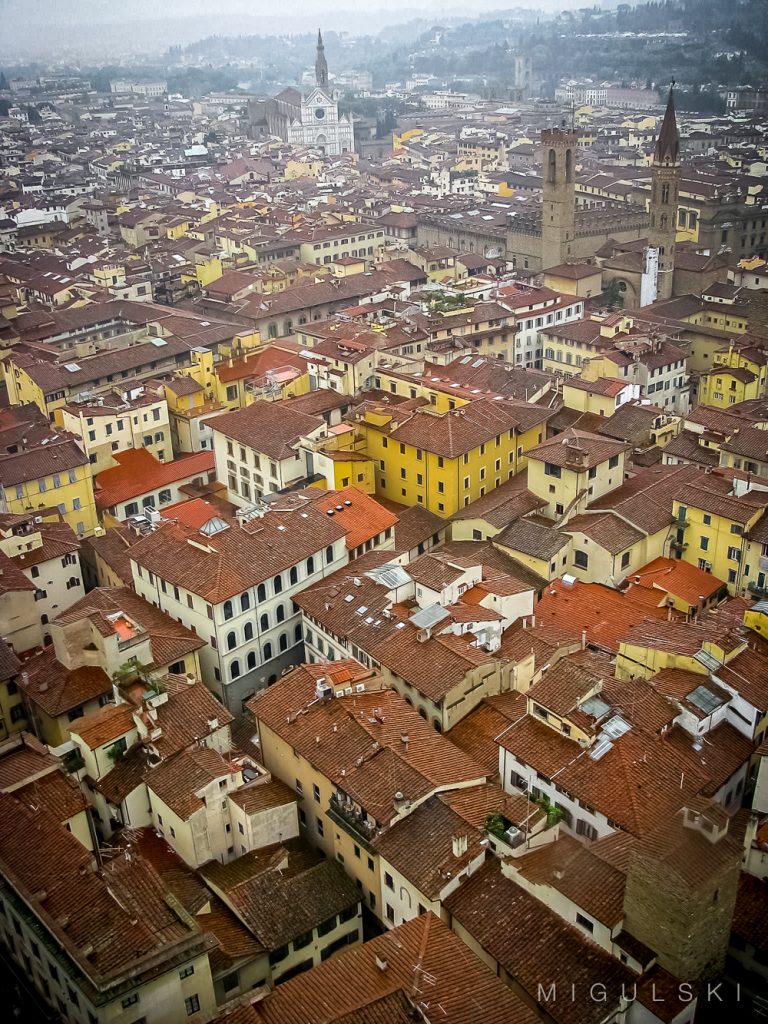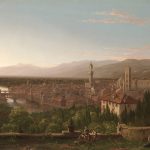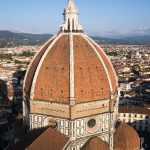
Florence is known as the “cradle of the Renaissance” (la culla del Rinascimento) for its monuments, churches, and buildings. The best-known site of Florence is the domed cathedral of the city, Santa Maria del Fiore, known as The Duomo, whose dome was built by Filippo Brunelleschi. The nearby Campanile (partly designed by Giotto) and the Baptistery buildings are also highlights. The dome, 600 years after its completion, is still the largest dome built in brick and mortar in the world.
In 1982, the historic centre of Florence (Italian: centro storico di Firenze) was declared a World Heritage Site by the UNESCO. The centre of the city is contained in medieval walls that were built in the 14th century to defend the city. At the heart of the city, in Piazza della Signoria, is Bartolomeo Ammannati‘s Fountain of Neptune (1563–1565), which is a masterpiece of marble sculpture at the terminus of a still functioning Roman aqueduct.
Structure of Florence
The layout and structure of Florence in many ways harkens back to the Roman era, where it was designed as a garrison settlement. Nevertheless, the majority of the city was built during the Renaissance. Despite the strong presence of Renaissance architecture within the city, traces of medieval, Baroque, Neoclassical and modern architecture can be found. The Palazzo Vecchio as well as the Duomo, or the city’s Cathedral, are the two buildings which dominate Florence’s skyline.
The river Arno, which cuts through the old part of the city, is as much a character in Florentine history as many of the people who lived there. Historically, the locals have had a love-hate relationship with the Arno – which alternated between nourishing the city with commerce, and destroying it by flood. Source: Wikipedia.




